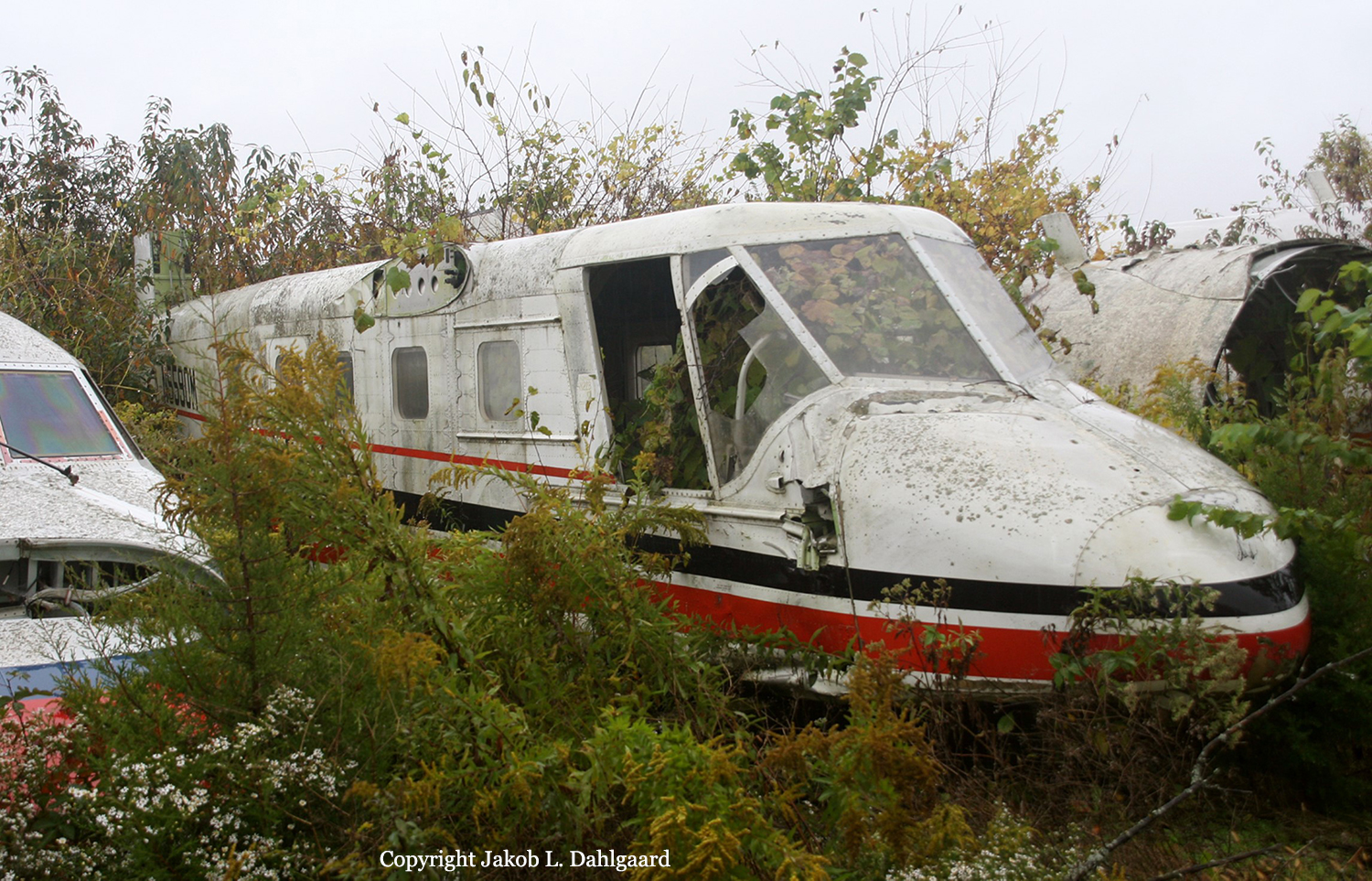Crash of a Beechcraft 65 Queen Air in Campbellsville
Date & Time:
Jun 30, 1996 at 1240 LT
Registration:
N3870C
Survivors:
Yes
MSN:
LC-212
YOM:
1966
Crew on board:
1
Crew fatalities:
Pax on board:
3
Pax fatalities:
Other fatalities:
Total fatalities:
0
Captain / Total hours on type:
100.00
Aircraft flight hours:
2549
Circumstances:
According to an FAA inspector, the airplane '...was unable to get airborne...' during the takeoff roll. He stated that after travelling the full length of the 4,997-foot runway, the airplane ran off the departure end of runway 5 and continued approximately 2,257 feet through an open field, a fence, a corn field and into a depression where it impacted terrain and came to rest. The pilot reported that during the takeoff roll he discovered that he had not removed the gust lock from the control column and that his attempts to remove it were unsuccessful. The pilot stated that the aircraft '...went off the end of the runway through a fence and impacted an earthen berm that collapsed the gear [and] blade strikes that stopped the engines.'
Probable cause:
The pilot's inadequate preflight preparation, his failure to remove the control lock, and his failure to abort the takeoff.
Final Report:



